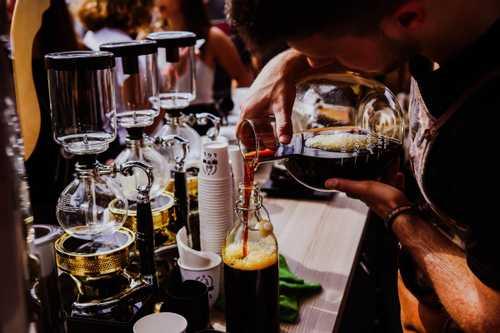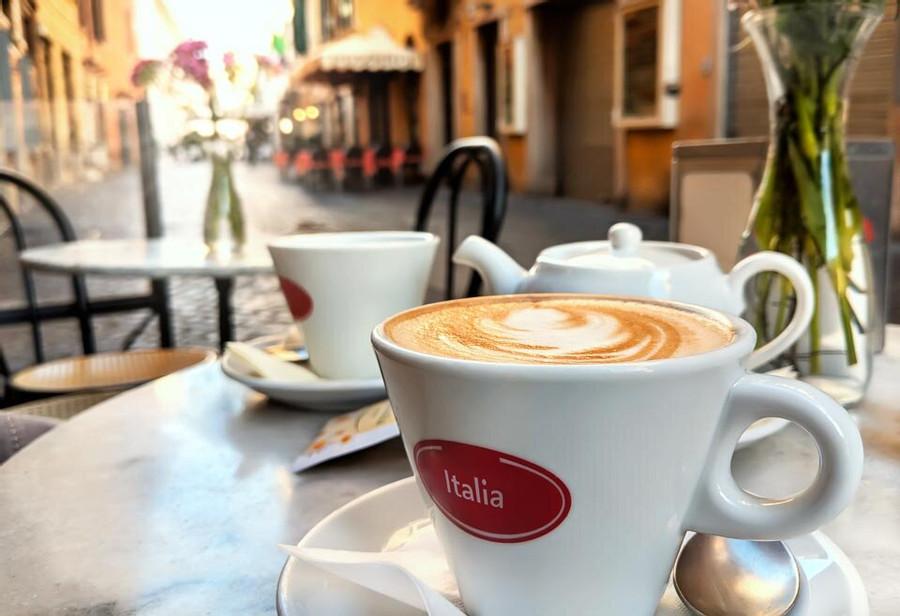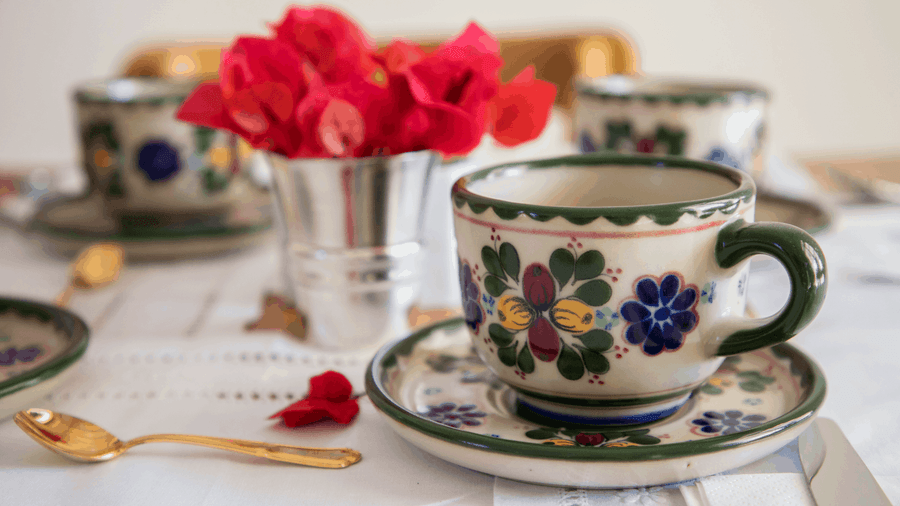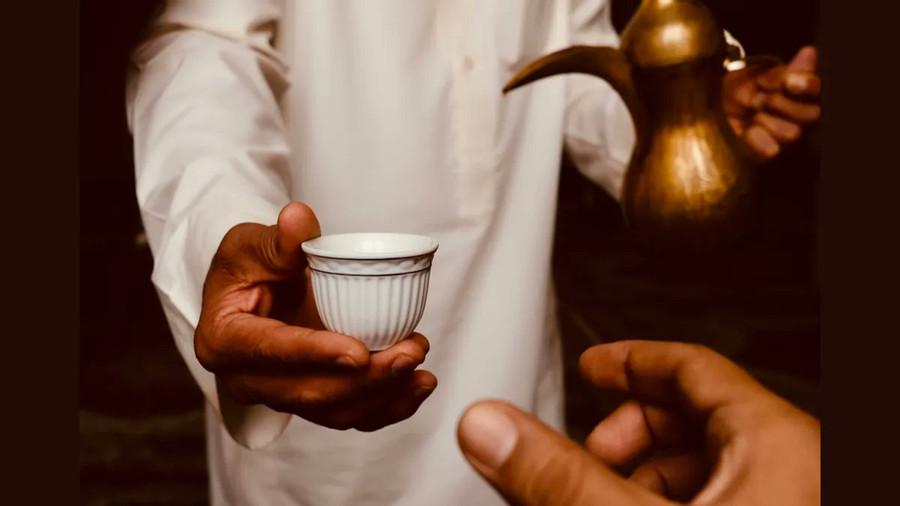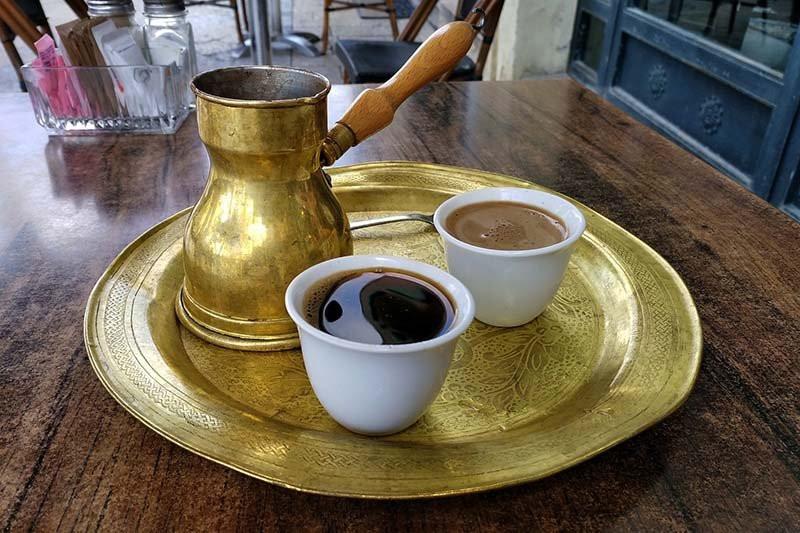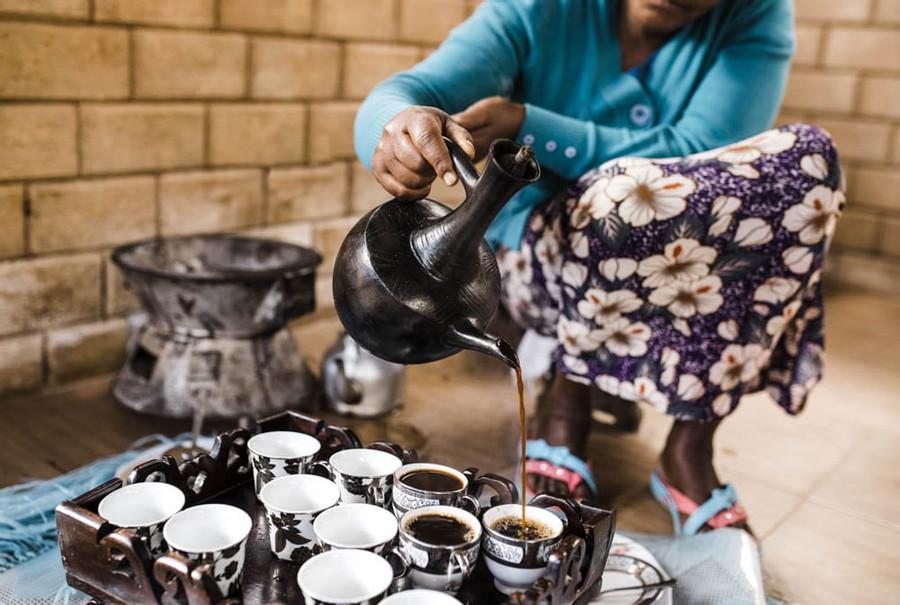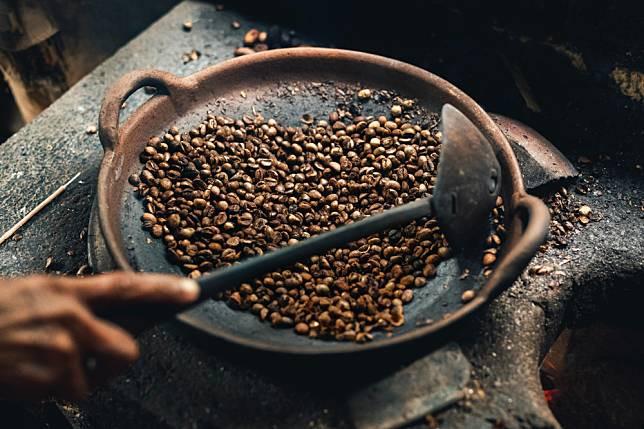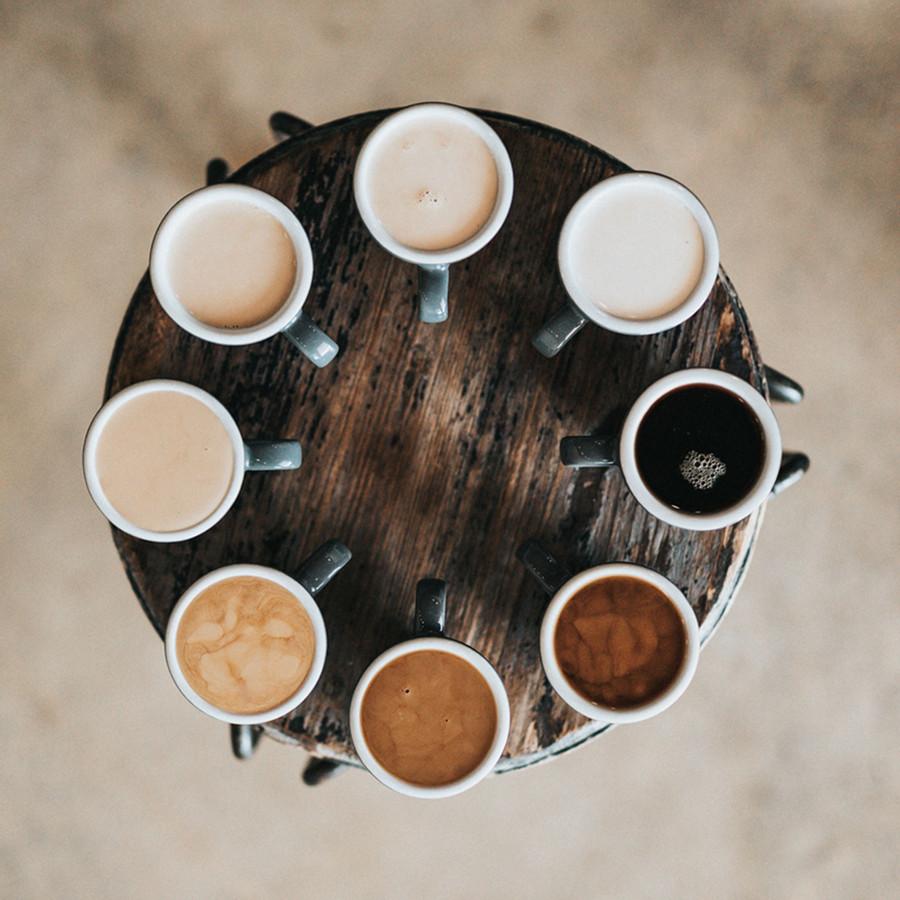Explore the World's Best Ideas
Join today and uncover 100+ curated journeys from 50+ topics. Unlock access to our mobile app with extensive features.
Coffee Culture In Italy
- Cappuccino is only made in the morning.
- Highly concentrated espresso is served in small, ceramic cups, and almost taken as a shot of alcohol.
- Sometimes, a slice of lemon is rubbed around the edge of the cup to give some additional flavor.
120
1.02K reads
Coffee Culture In Mexico
In Mexico, coffee is served throughout the day.
Called “café de olla” in Spanish, this traditional drink is brewed in individual earthenware pots filled with cinnamon sticks. This aromatic coffee is actually quite addicting.
112
936 reads
Coffee Culture In Saudi Arabia
Coffee comes with serious etiquette, including serving the oldest in the group first.
Saudi coffee (called “kahwa”) is dark, horrendously bitter, and flavored with cardamom. The coffee is usually served with sweet dates to cut the flavor.
102
818 reads
Coffee Culture In Turkey
Turkish coffee is actually treated like a dessert rather than a morning energizer.
Usually served after dinner with some kind of chewy candy, Turk Kahvesi is brewed in a copper pot and is absurdly hot. It is brewed according to an old proverb: “As black as hell, as strong as death, and as sweet as love.”
129
808 reads
Coffee Culture In Ethiopia
Over several hours, the coffee, which is called “buna” in Ethiopia is brewed in special carafes then poured from on high over cups without spilling a drop. Traditionally, the coffee is flavored with butter and salt.
The pouring ceremony is only done by the lady of the household.
108
682 reads
Coffee Culture In Indonesia
There is something in Indonesia called “kopi luwak.” The kopi beans must first pass through the digestive tract of a civet. The beans are harvested from the civet’s droppings then roasted.
It is absurdly overpriced in Indonesia, but tourists and locals love drinking it up.
103
833 reads
Coffee Culture Denmark
The demand for coffee in Denmark is so high, that you can find packed cafes with people all sitting steaming cups of “Kaffee”.
96
797 reads
IDEAS CURATED BY
"The more you understand yourself, the more silence there is, the healthier you are." - Maxime Lagacé
Teagan P.'s ideas are part of this journey:
Learn more about health with this collection
The role of coffee in social interactions
Different types of coffee and their preparation
The impact of coffee on society and economy
Related collections
Similar ideas
5 ideas
Coffee ☕️ | The Nutrition Source
hsph.harvard.edu
4 ideas
Read & Learn
20x Faster
without
deepstash
with
deepstash
with
deepstash
Personalized microlearning
—
100+ Learning Journeys
—
Access to 200,000+ ideas
—
Access to the mobile app
—
Unlimited idea saving
—
—
Unlimited history
—
—
Unlimited listening to ideas
—
—
Downloading & offline access
—
—
Supercharge your mind with one idea per day
Enter your email and spend 1 minute every day to learn something new.
I agree to receive email updates
